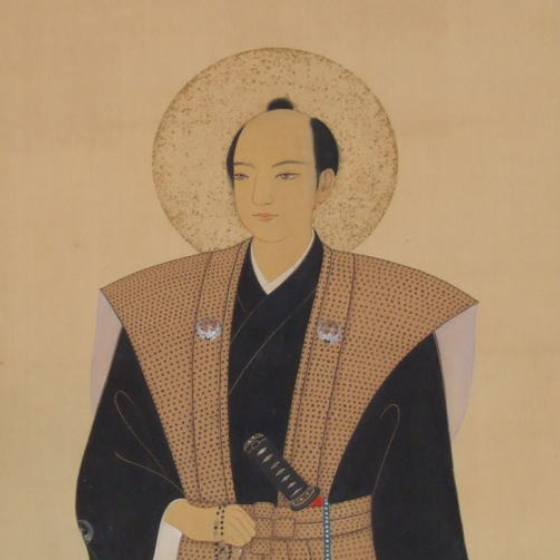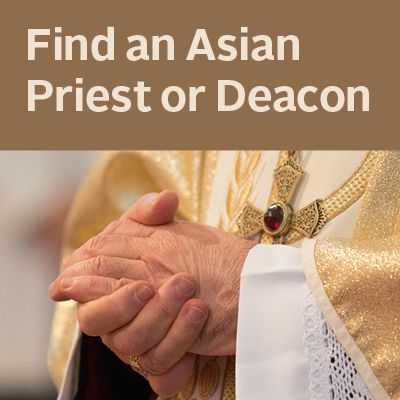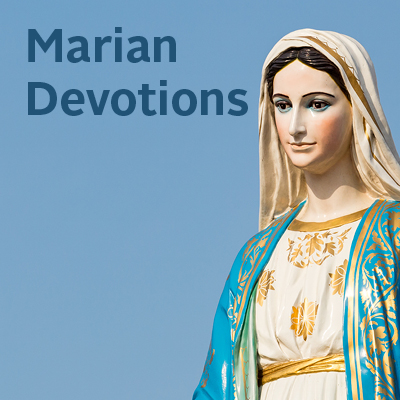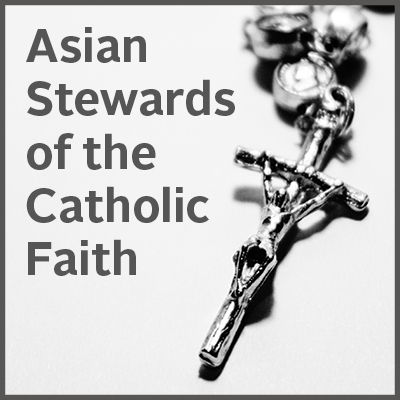St. Paul Miki (Japanese)

Saint Paul Miki was born in Tounucumada, Japan around 1562 to a wealthy family. His father was a military leader. Paul received a Jesuit education. After he completed school in 1580, he became a Jesuit seminarian. He was a well-known, eloquent and successful preacher, converting many souls to the Catholic Faith. Around that time, a powerful Japanese feudal ruler, Toyotomi Hideyoshi, began a persecution of Catholics because he felt threatened by the Jesuit’s influence and, possibly, because of their European origins.
Paul was arrested with 25 of his fellow Catholics and placed in jail. They were later forced to march over 600 miles from Kyoto to Nagasaki. Upon arrival in Nagasaki, he was crucified on February 5, 1597 along with his companions under Hideyoshi, in the name of the emperor.
Among the Japanese laymen who suffered the same fate were: Francis, a carpenter who was arrested while watching the executions and then crucified; Gabriel, the 19-year old son of the Franciscan’s porter; Leo Kinuya, a 28-year old carpenter from Miyako; Diego Kisai (or Kizayemon), temporal coadjutor of the Jesuits; Joachim Sakakibara, cook for the Franciscans at Osaka; Peter Sukejiro, sent by a Jesuit priest to help the prisoners, who was then arrested; Cosmas Takeya from Owari, who had preached in Osaka; and Ventura from Miyako, who had been baptized by the Jesuits, gave up his Catholicism on the death of his father, and became a Buddhist monk.
Later, they were brought back to the Catholic Church by the Franciscans and were all canonized as the Martyrs of Japan in 1862. Their feast day is February 6.





